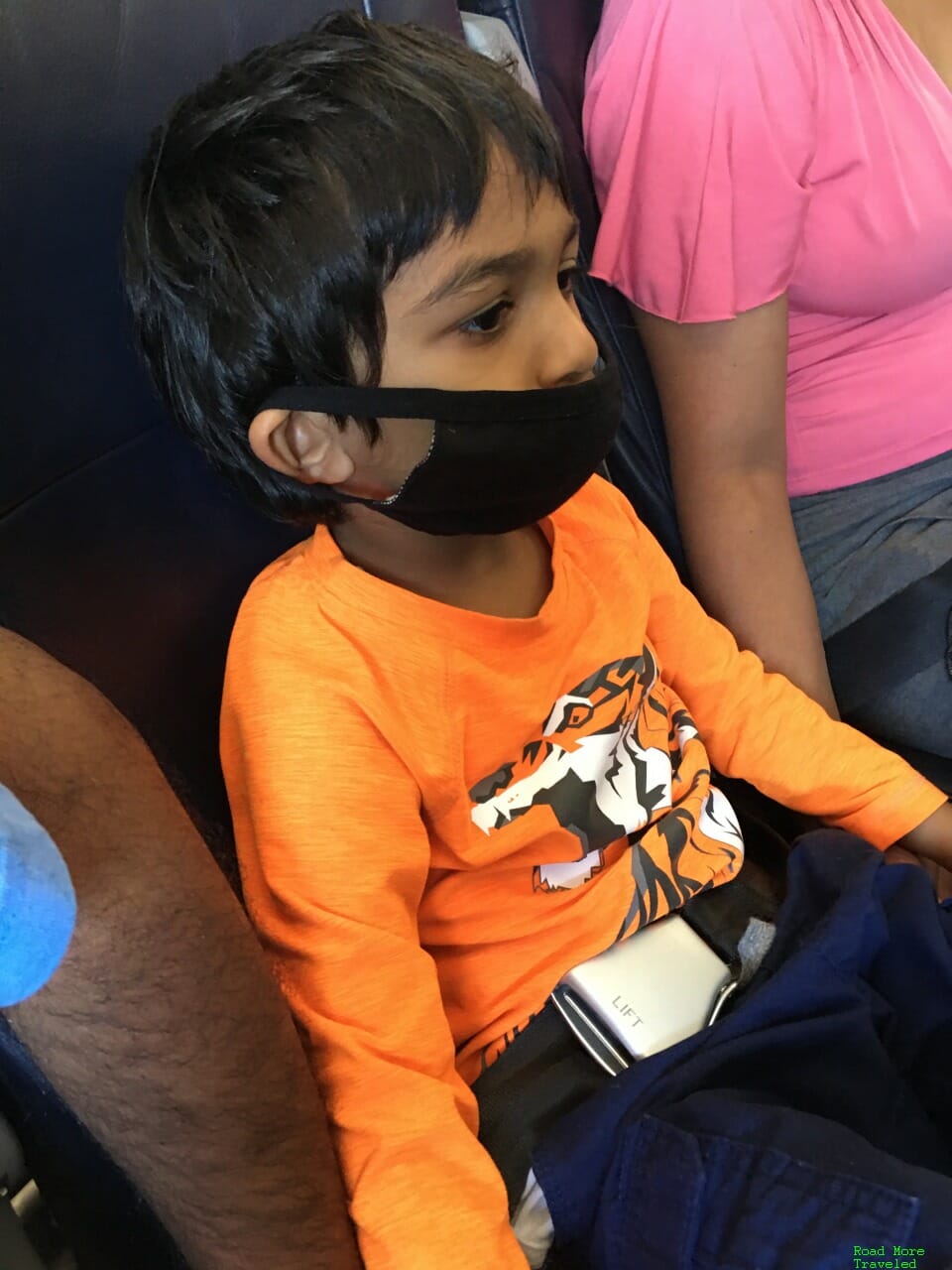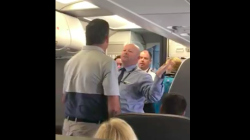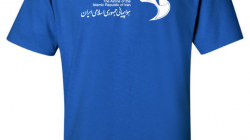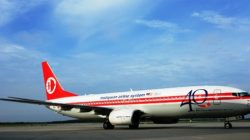Over the last few weeks, domestic airlines moved to tighten up mask requirements for travel. Alaska, American, Southwest, Spirit, and United all require face coverings for passengers 2 and older, no exceptions. Delta excepts “young children”, and those with medical issues with pre-clearance. However, as I found out recently, airline mask enforcement remains inconsistent at best; employees don’t even seem to know their own rules concerning acceptable face coverings. And the airlines’ rules often conflict with the local ones you may be used to.
The Bandana Issue, and the Problem of Masks and Little Kids
Try as I might, I just can’t deal with medical-type masks, either paper or cloth. Either my face is on fire, my glasses fog up, or my nose gets irritated. Or some combination of all of the above. I’ve tried many different kinds, both retail and homemade, and just can’t find anything that works. (If anyone has suggestions, I’m all ears.) So I found a couple of bandanas buried in mom’s closet, which I can at least tolerate. Our state and county mandates both specifically allow bandanas. And besides, the tropical fish motif makes me the envy of every hipster and hair stylist in town. (Plus you get to hear every possible variation of the “you look like you robbed a bank” joke.)

Anyway, as I prepared for my first plane ride since March, I gave no thought to what might count as a proper “face covering”. It never occurred to me that airline rules might not match state and local ones. Turns out that’s not actually the case.
Alaska, Allegiant, Delta, and United don’t specifically identify acceptable coverings. Guidance on the respective websites only says that a face covering must cover the nose and mouth, and not contain valves, holes, or mesh material.
American adds that a covering must “fit snugly under the chin”. That suggests that bandanas and scarves do not qualify, but the guidance doesn’t come out and say it.
Southwest and Spirit outright declare bandanas unacceptable for travel. (Southwest does explicitly allow neck gaiters, which might be an option for those who dislike actual masks.)
Meanwhile, less than a week before departure, American changed the rules regarding masks for young children. Previously, the airline exempted “young children”, with no specific age listed. Given that many states put their mask cutoff between 5 and 10 (it’s 10 in Texas), I figured our 4-year old was fine. Then AA changed the rules to mandate masks for anyone older than 2. Way too late to cancel our trip, of course. And then Alaska changed its rules literally after we arrived in Alaska. Great; I just hoped we wouldn’t get thrown off the plane if my son decided to rip his mask off in the boarding lane.
The problem, as is usually the case when dealing with airlines, is erratic, inconsistent enforcement. Both when it comes to enforcing mask wearing, and what constitutes an acceptable covering.
Dallas to Anchorage and Seattle to Dallas on American
Our trip to Alaska involved just one flight, a nonstop to Anchorage from Dallas. This segment had us most worried; I really worried about keeping a mask on Ashok for going on 10 hours. And sure enough – he wouldn’t. This is really the best we can do with him, for maybe half an hour at a time. (Before anyone starts with the snark, I’d like to know how a 4-year old who won’t keep a mask on poses a greater public health threat than the moron sitting across from us who removed her mask every 15 minutes to cough up a lung into the seatback in front of her. Yes, that really happened coming back from Seattle.)

In the waiting area, I observed a couple of other parents struggling with their toddlers/preschoolers too. But from check-in to deboarding, American employees seemed completely disinterested in enforcing masks on kids. For that matter, not a single employee said anything to me about my (apparently improper) covering. And I observed a few others with bandanas; nobody said anything to them, either. I didn’t observe the gate agent or FAs really checking for masks at any point, either.
On the return from Seattle to Dallas, I observed the same thing. No questions about my bandana (or others), and no interest in telling small kids to keep theirs on. And no real checking in either the gate area or onboard. So while compliance among the adults approached 100% on both flights, it doesn’t seem like American is all that strict about things.
Inconsistent Enforcement, Employee Misinforms on Alaska
The most contentious moments came when we checked in for our Alaska flight from Fairbanks to Seattle. At the bag drop, the agent immediately told me bandanas do not qualify as acceptable face coverings. While not rude, she was emphatic that only medical-type masks were allowed. Rather than create a scene, I borrowed one from my mother and went on with check-in. In addition, while we put Ashok’s mask on before entering the terminal, two separate Alaska employees came by to remind us that he needed to wear one at all times after he ripped it off.
On the other hand, once at the gate and onboard, I observed the same level of enforcement as American. The gate agent said the bandana was fine; furthermore, nobody seemed interested in enforcing the rules on the few kids on the flight.
Upon returning home, I reached out to Alaska to clarify their face covering policy; specifically, do they allow bandanas or not. Below is the response I received:
So there you have it. Alaska permits bandanas. Unfortunately, as we see too often in the airline world, and employee provided misinformation. Given that she wasn’t rude, I’ll give her the benefit of the doubt here. I’ll chalk it up to a misinformed employee, rather than one trying to make up rules. Nevertheless, I provide this as a cautionary tale for those who use alternatives to medical-type masks. You may encounter employees that misunderstand the rules, and I don’t recommend arguing.
Airline Mask Enforcement – Final Thoughts
While compliance among the grown-ups approached 100% on all three legs, actual attempts at enforcement remain inconsistent. American seemed fairly lax; Alaska ground crews seemed quite strict, with flight crews much less so. However, if you’re the type that prefers alternatives to actual masks, beware that American, Southwest, and Spirit limit acceptable coverings. And good luck to anyone trying to keep one on your small child…
If you would like to support The Road More Traveled, if you make electronic payments, please consider using Plastiq via my affiliate link. Thank you for your support.






